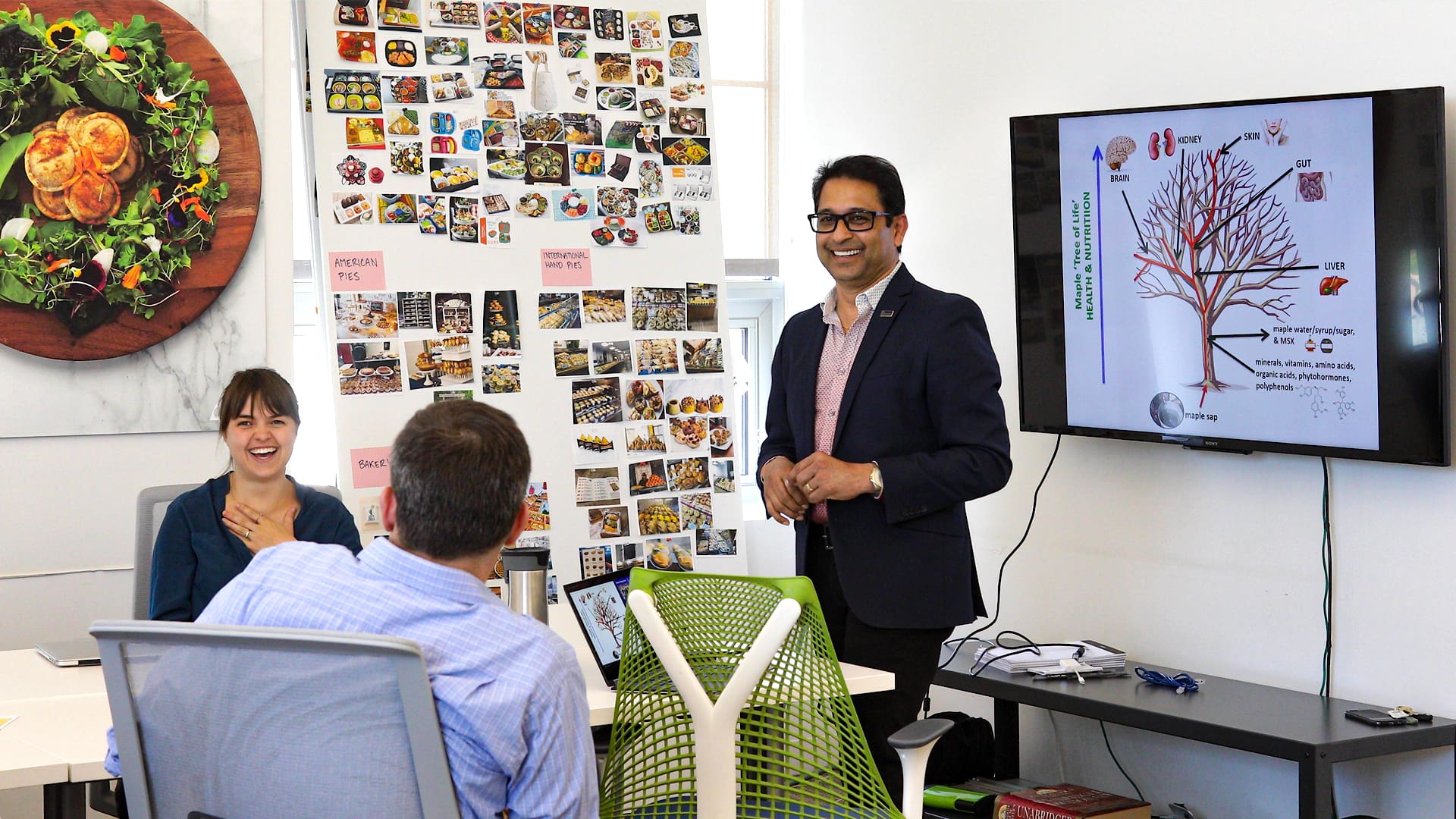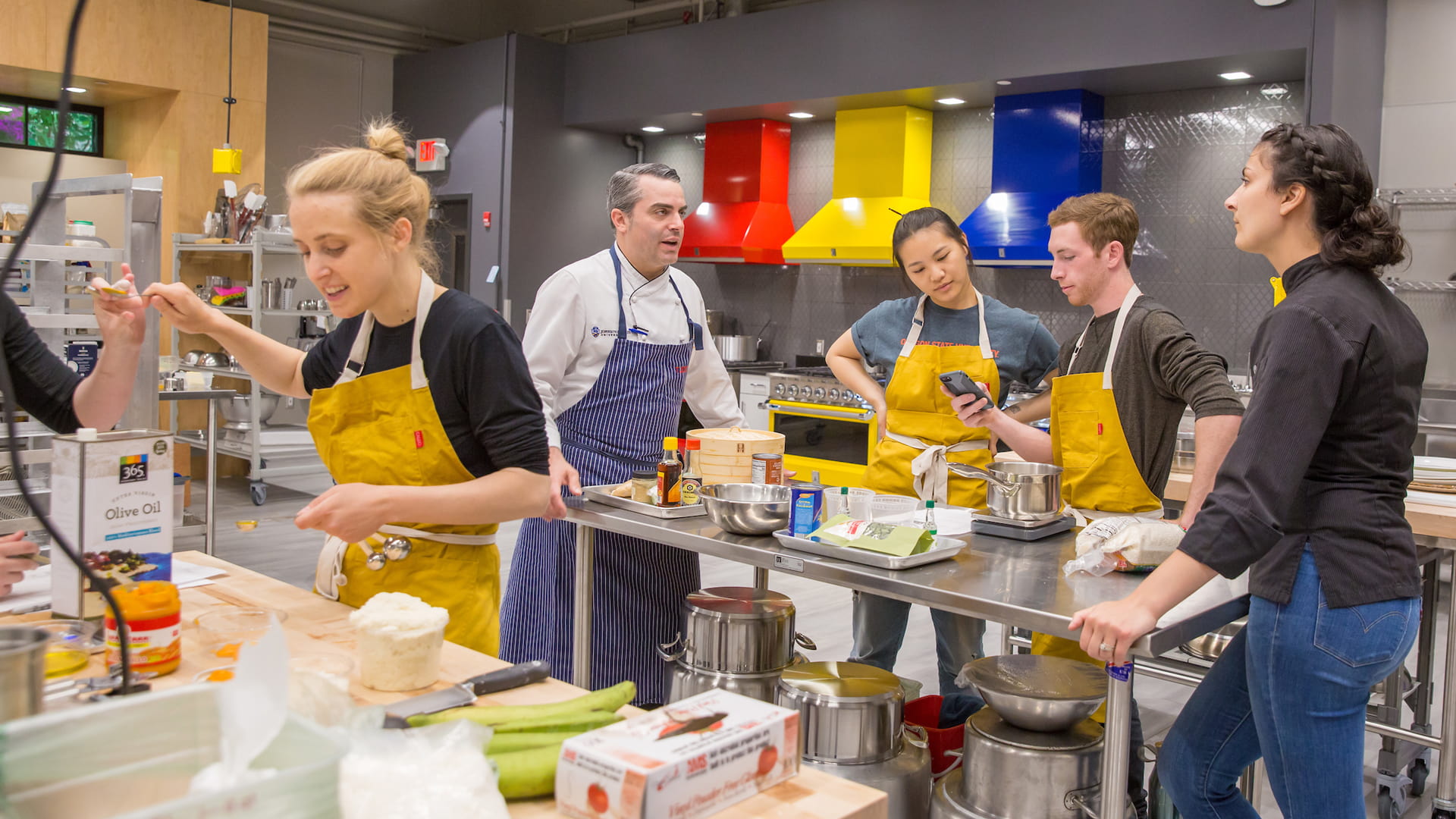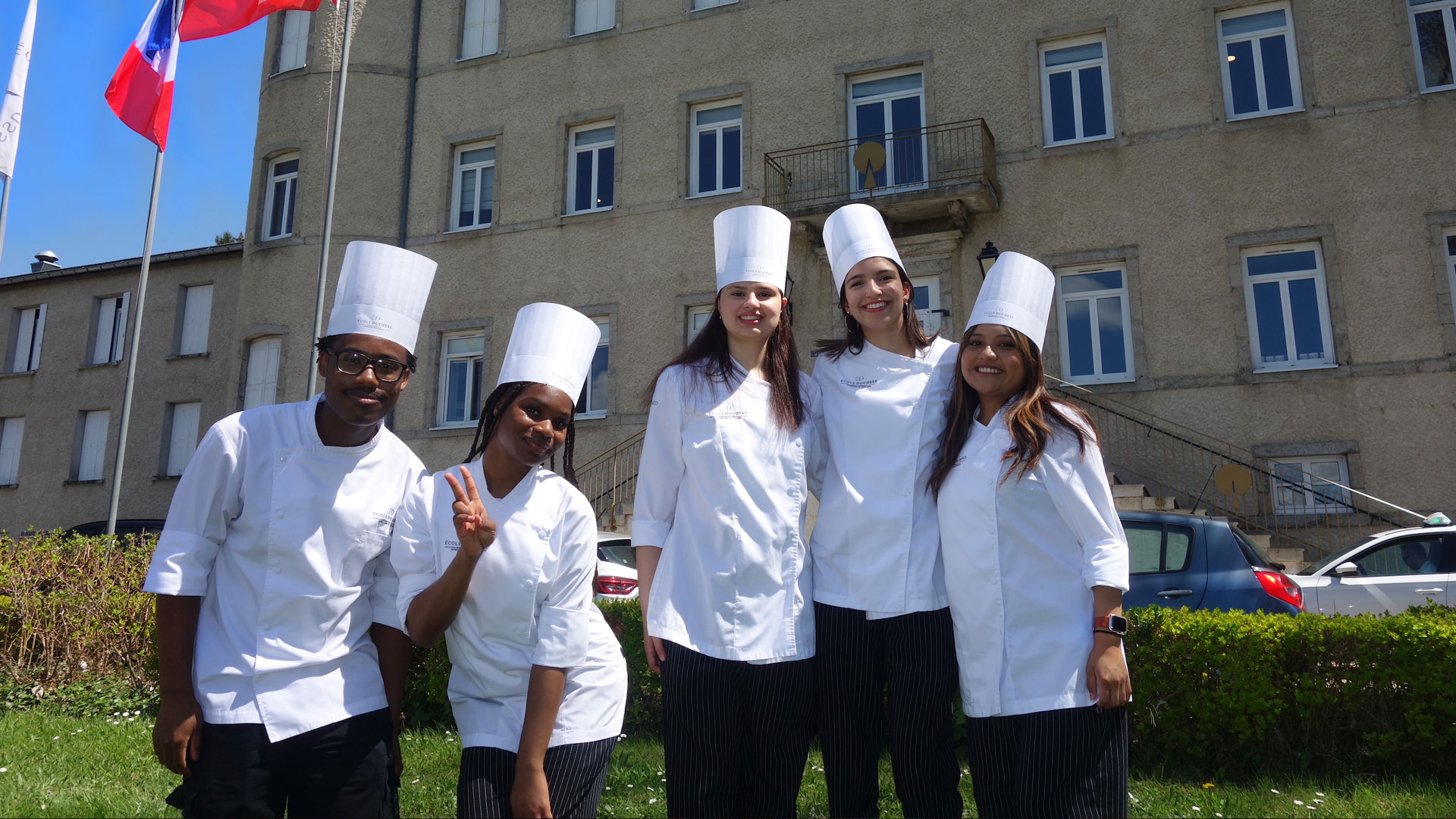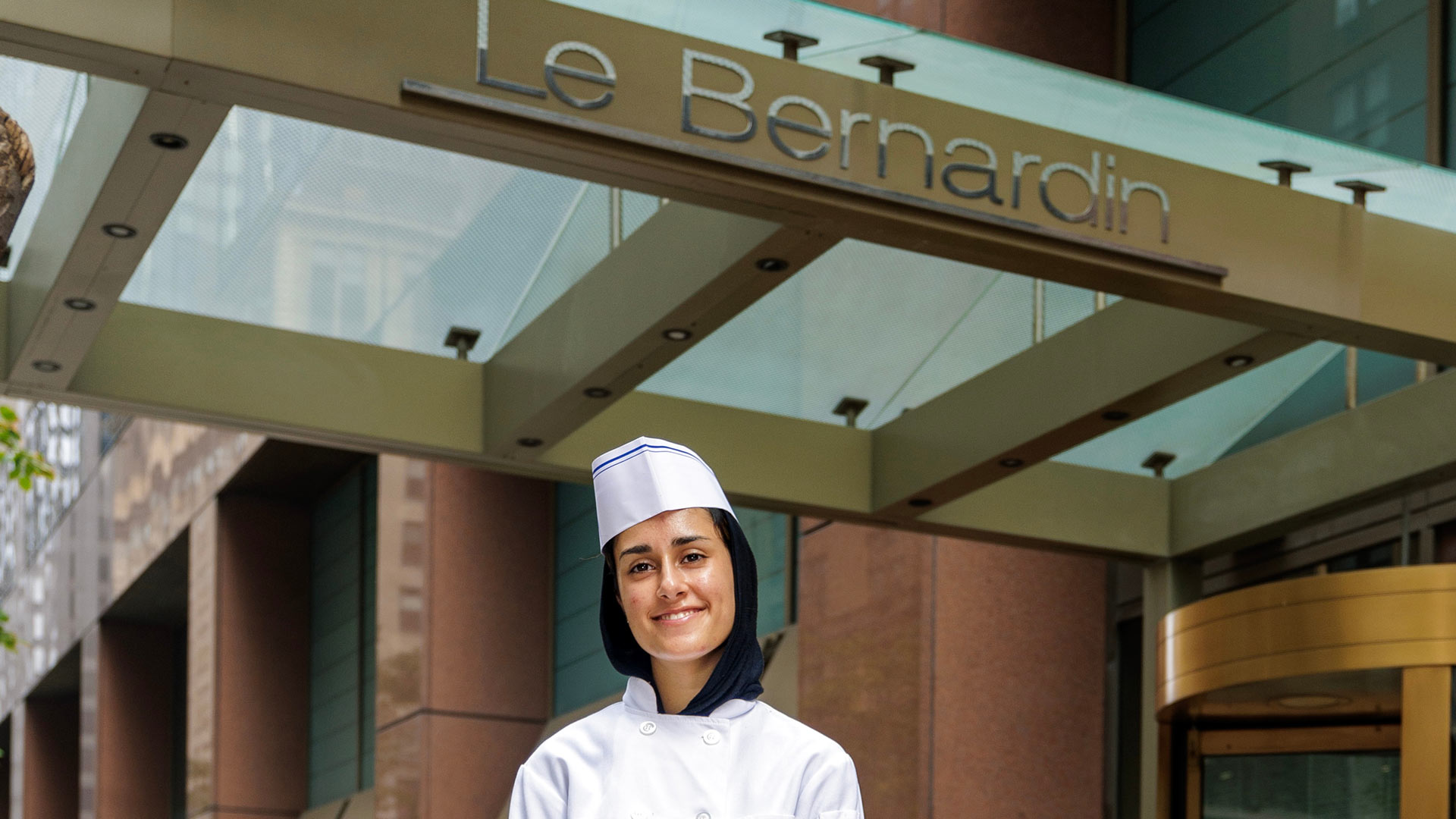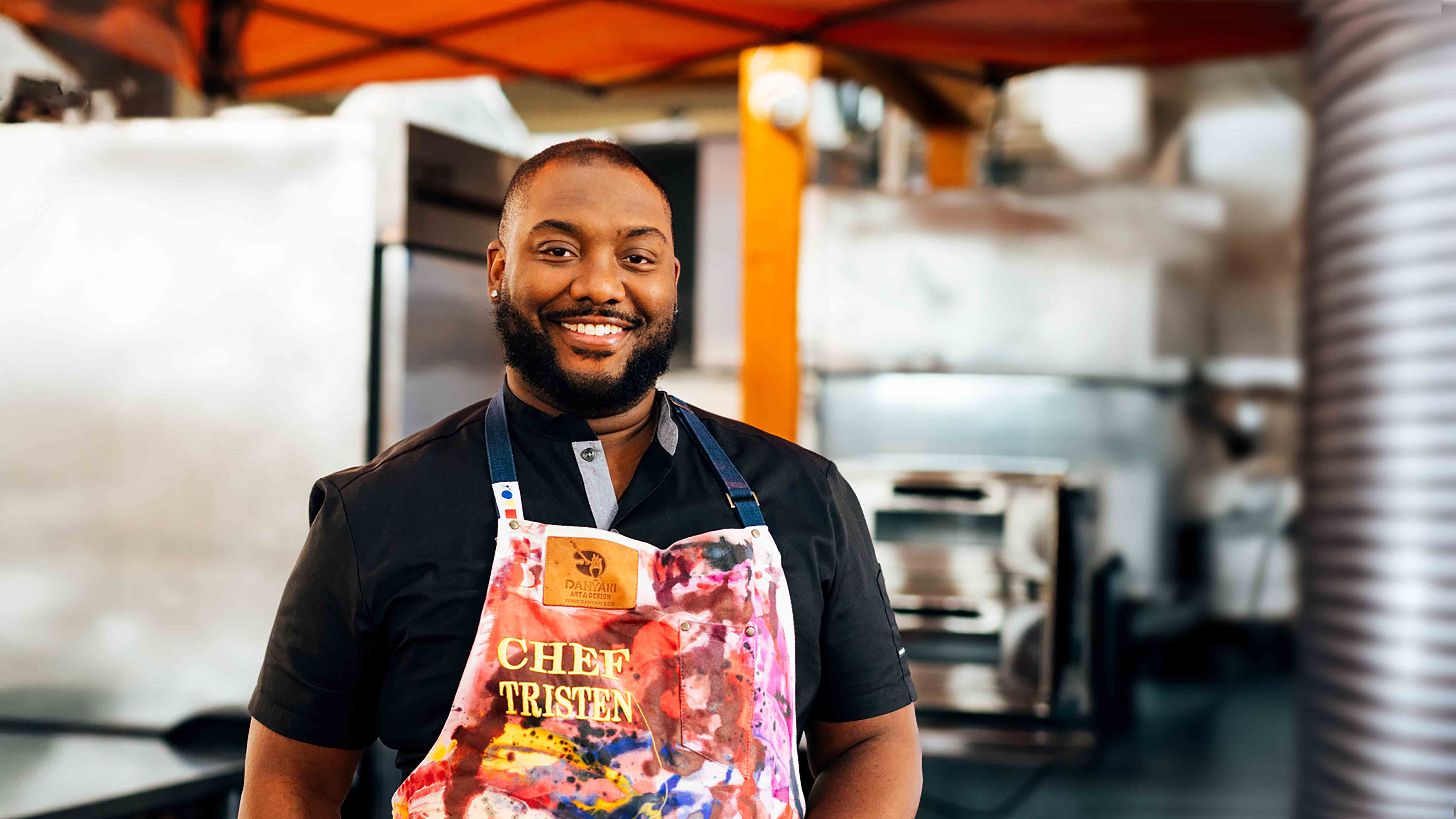JWU, FIX and URI Join Forces to Unlock Maple’s Untapped Potential, Part I
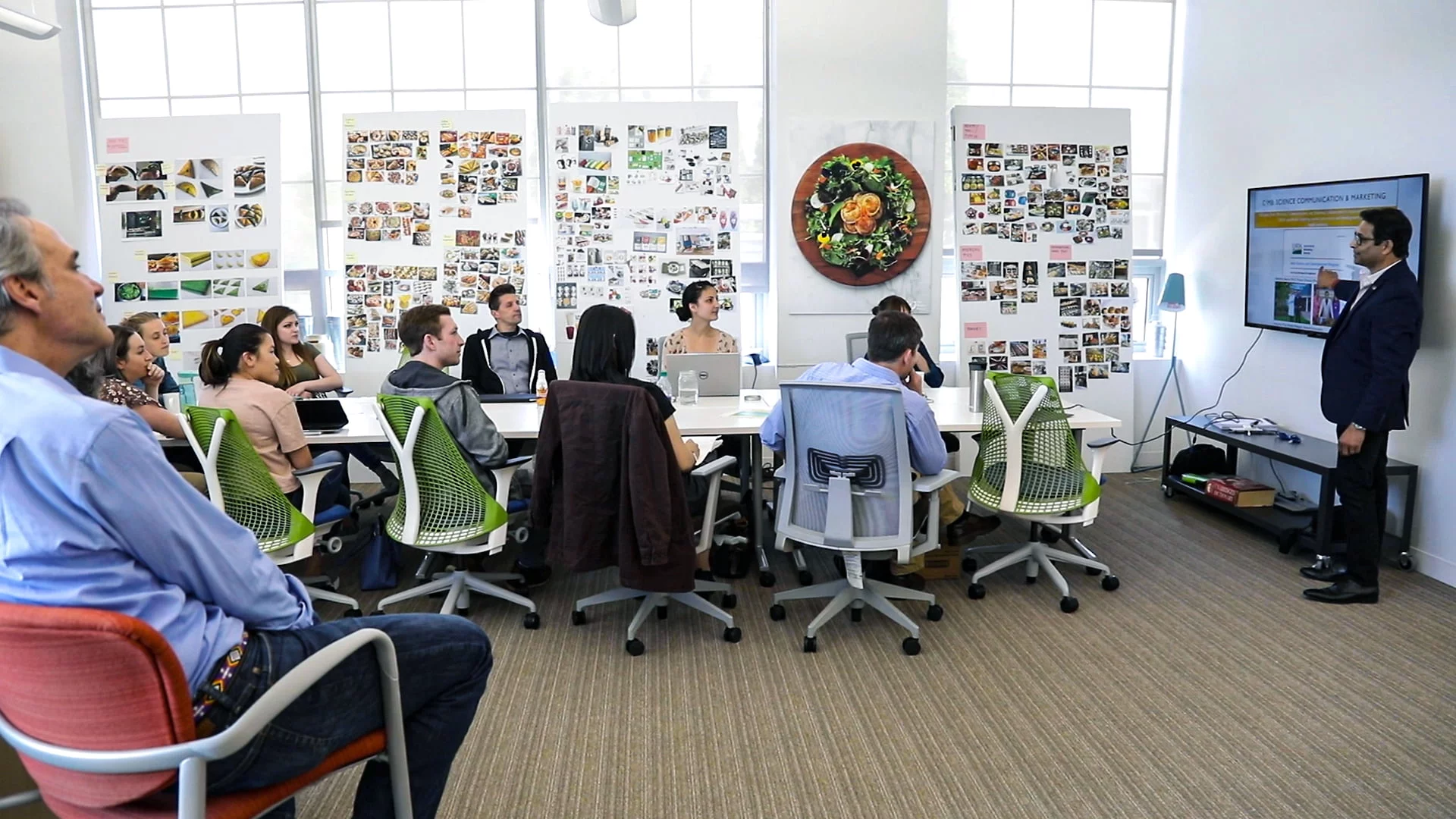
If you think of maple as an ingredient at all, there’s a high probability that your first thought is to envision it in syrup form, drizzled liberally over pancakes. But have you ever thought of maple as a hero ingredient? Not only is it truly local — sap-giving sugar and red maple trees are native to North America — but natural products derived from it contain dozens of compounds with potential health and wellness benefits.
Earlier this summer, the Maple Project kicked off as an intensive, interdisciplinary collaboration between University of Rhode Island (URI), JWU and the Food Innovation Nexus (FIX) — a JWU-funded startup housed at the Providence Campus — to examine maple’s potential as a “smarter sweetener” — and to re-frame it as a food that’s not just for breakfast.
Six summer interns — 3 from JWU, 2 from Rhode Island School of Design, and one from Framingham State — were chosen to create innovative new product designs that unlock unexpected aspects of a familiar ingredient. Multiple stakeholders served as advisors to usher the project through its ambitious, monthlong schedule, including:
- URI Professor Navindra Seeram, Ph.D., and his team, who have worked for a decade to unlock the health benefits of maple and also secured the federally-funded USDA grant that made the Maple Project possible
- JWU Chefs TJ Delle Donne and Frank Vollkommer, who guided the students through numerous cooking and baking/confection challenges to harness their teamwork and culinary creativity
- FIX product designers, advisors and developers, including JWU alumni Rebecca McCartin ’15 and Sofia Terra ’15, culinary product developers
The Project kicked off in early June at the FIX with an informal talk by Professor Seeram, who shared his top-level discoveries from his years researching maple and its derivatives.
"Maple is one of the last wild products in the world."
Seeram, a professor of biomedical and pharmaceutical sciences at URI’s College of Pharmacy, is a natural chemist with a particular focus on the medicinal applications of plants.
Seeram has made URI a center of maple research. He and his researchers have isolated more than 67 bioactive natural plant compounds found in maple sugar and syrup, including Quebecol, a polyphenol that could have anti-inflammatory properties.
Inflammation plays a role in cardiovascular disease, cancers, arthritis, Alzheimer’s, and many other diseases. Seeram’s team is looking at possible applications — perhaps a pre-biotic — to decrease inflammation and boost the gut’s natural flora.
But Quebecol isn’t the only inflammation-fighter in maple. “Maple contains a cocktail of polyphenols, which influence the gut microbiota and decrease pathogenic bacteria,” Seeram explained to the audience of FIX interns, developers, JWU chefs and URI researchers. “Most fruits or vegetables are heavy on ONE type of polyphenol, but maple has a wide range of them.”
Lignans are a major phytoestrogen found in maple syrup that are also found in soy and flaxseed. They, too, may have a significant health impact, including:
- Improving gut health
- Reducing cardiovascular stress
- Reducing inflammation
- Potential role in combating cancer
Next, Daemon Borek of Coombs Family Farms, a major Vermont maple producer, offered up an overview of maple’s history and market advantages. “Maple is one of the last wild products in the world,” he explained. For years, maple was the dominant sweetener, but cane sugar — a cheaper product — gradually overtook the market. While Canada is the dominant maple producer, Borek sees untapped growth potential in the U.S. market, particularly in the area of maple-forward consumer products. Other maple facts:
- Maple is vegan, while honey is not.
- A tree has to be at least 40 years old before it can be tapped.
- Maple trees can’t be tapped too much — it’s akin to giving blood and can’t be done every day.
- Organic certification for maple incorporates a forest management plan to keep the maple trees healthy.
- Syrup is graded on color and flavor. There is a market for every grade.
Now that everyone was up to speed on research and market placement, it was time for the interns to break out into their cross-disciplinary groups, so they could start the intense process of conceptualizing, iterating and developing a viable product design in 4 short weeks. The groups:
- Leah Yao (RISD industrial Design '19)
John Nardis (JWU Baking & Pastry '19) - Charlotte Clement (RISD Industrial Design Graduate Program '20)
Olivia Muschell (JWU Baking & Pastry '19) - Katie Devries (JWU Culinary Arts '19)
Morgan Failla (Framingham State Food Science '21)
Next week, follow the interns from the discovery phase through to their final product presentations, where each group focused on activating maple’s best qualities. Check back to see what they come up with!
TOP: URI PROFESSOR NAVINDRA SEERAM SHARES MAPLE RESEARCH AT THE FIX. BELOW: SEERAM AND THE MAPLE TREE OF LIFE; IN THE FOOD INNOVATION DESIGN LAB (FIDL) WITH CHARLOTTE CLEMENT (RISD '20), CHEF TJ DELLE DONNE, LEAH YAO (RISD '19), JOHN NARDIS (JWU '19) AND FIX DEVELOPER REBECCA MCCARTIN '15.
